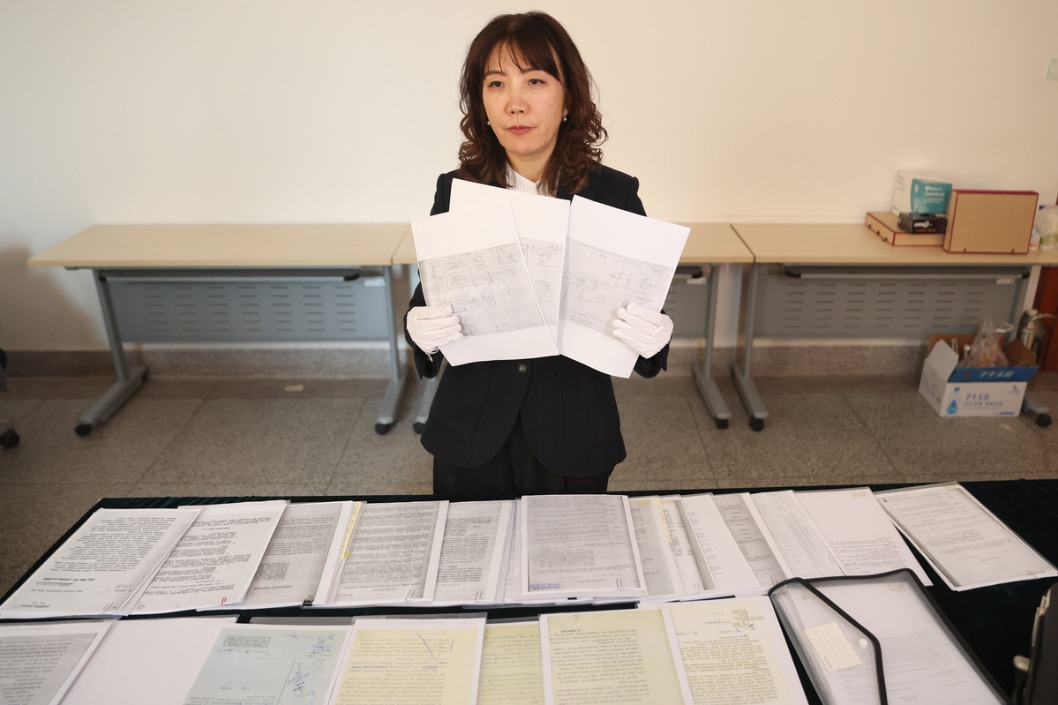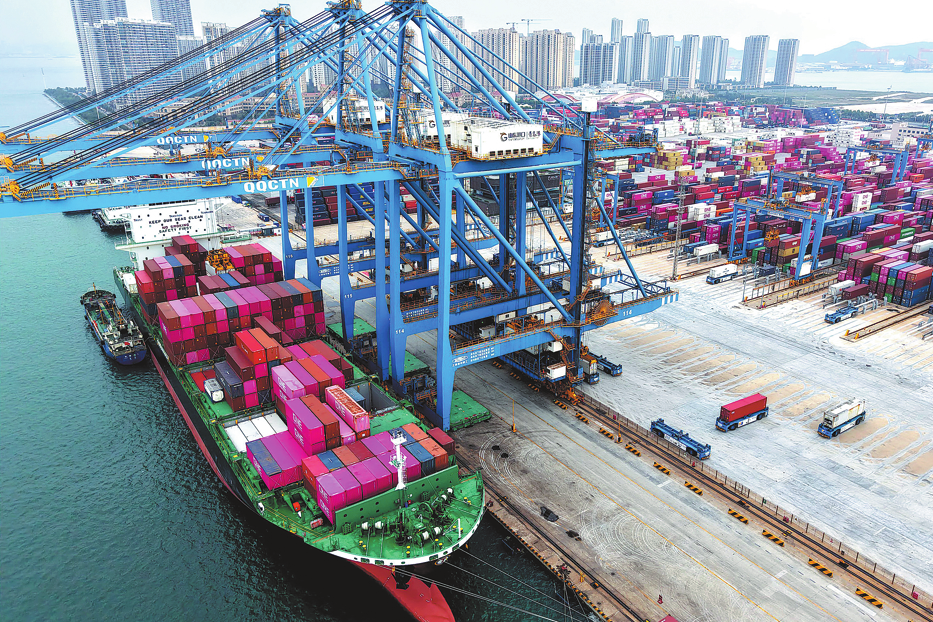Job policy must work smarter, not harder


Currently, China's job market is facing prominent structural contradictions. On the one hand, the shortage of labor in the manufacturing sector cannot meet the demand of the real economy. On the other hand, it is difficult for college graduates to find suitable jobs.
China's job market will be under more pressure due to the high youth unemployment rate and the large number of university graduates in 2023. The economic headwinds and the supply and demand situation in the labor market require the country to introduce innovative supporting policies to stimulate the vitality of enterprises and help workers upgrade their skills.
According to the National Bureau of Statistics, China's unemployment rate for people aged 16 to 24 remains high this year due to cyclical, frictional and structural challenges. It peaked at 19.9 percent in July, dropping to 17.9 percent in October. At the same time, the manufacturing industry is facing a labor shortage, which not only affects the current development of the real economy, but also slows the development of the innovative economy.
A record 11.58 million graduates will stream out of colleges in 2023 and they will face a tougher employment situation. College graduates represent a high-quality labor force. Their underemployment or long-term unemployment will affect socioeconomic development. Long isolation from the labor market will affect the accumulation of human capital and the long-term career development of graduates.
From the perspective of economic development, the transformation and upgrading of China's manufacturing industry is at a critical stage.
Skilled workers are urgently needed for the construction of a modern industrial system and the formation of an innovation economy. The long-term labor shortage will inevitably hinder China's development.
However, structural contradiction in the labor market is unavoidable in the development progress. Since its reform and opening-up, China's manufacturing sector, especially the labor-intensive industries in the coastal areas, has achieved rapid development thanks to sufficient labor, opening-up, foreign investment and technology imitation. When factory jobs were abundant, a large number of uneducated and unskilled workers could still find relatively well-paid employment. The industrial model and labor supply matched each other, making great contribution to China's economic development in the past decades.
However, the nation's economic development mode has changed profoundly. The increase of labor costs and industrial transformation demand skilled and educated workers, yet the labor force has shrunk in size due to low fertility and population aging. Supply and demand in the labor market will continue to decrease, but the structural contradiction in the labor market will become prominent and complex due to the diversified labor force structure.
In addition, the COVID-19 pandemic has long-lasting effects on the job market. At present, the Chinese economy faces multiple pressures including demand contraction, a supply crunch and weakening expectations, so employers are cautious amid uncertainties. Yet once they are adversely affected, market entities find it difficult to recover even if the external environment improves.
Therefore, macroeconomic policies should be adopted to promote high-quality employment. In the past, policies were introduced to protect the large number of low-skilled workers. But China has entered a new stage of development, so more effective macroeconomic policies, ranging from financial subsidies, tax relief and deferred payment of social insurance premiums, are expected to support labor-intensive enterprises to expand recruitment.
Besides, enterprises should be incentivized to pursue innovation and transformation. Implementation of industrial, fiscal and monetary policies will bolster the development of modern industrial systems, an innovation economy and high-quality employment.
It is more difficult for young people, especially college graduates, to find suitable jobs because they face longer "frictional unemployment" (the time gap between a person voluntarily leaving a job and finding another).
An employment "buffer zone" should be created to ensure frictional unemployment problems do not become long-term structural unemployment problems.
Hence, related departments should establish a service system for college students after their graduation, and provide services such as libraries, study rooms and employment guidance to create a stable and sound environment for graduates to adapt to the labor market or continue higher education.
The government should build talent pools and help emerging industries create jobs to match the supply and demand of youth employment.
As employers' skills requirements change rapidly, it is necessary to improve the top-level design for higher education and even the entire education system. Besides increasing college enrollment, the authorities also need to improve the quality of education. The majors and enrollment plans of universities should target future skills likely to be in demand in the labor market.
The views don't necessarily reflect those of China Daily.
The author is a researcher at the Institute of Population and Labor Economics at the Chinese Academy of Social Sciences.


































